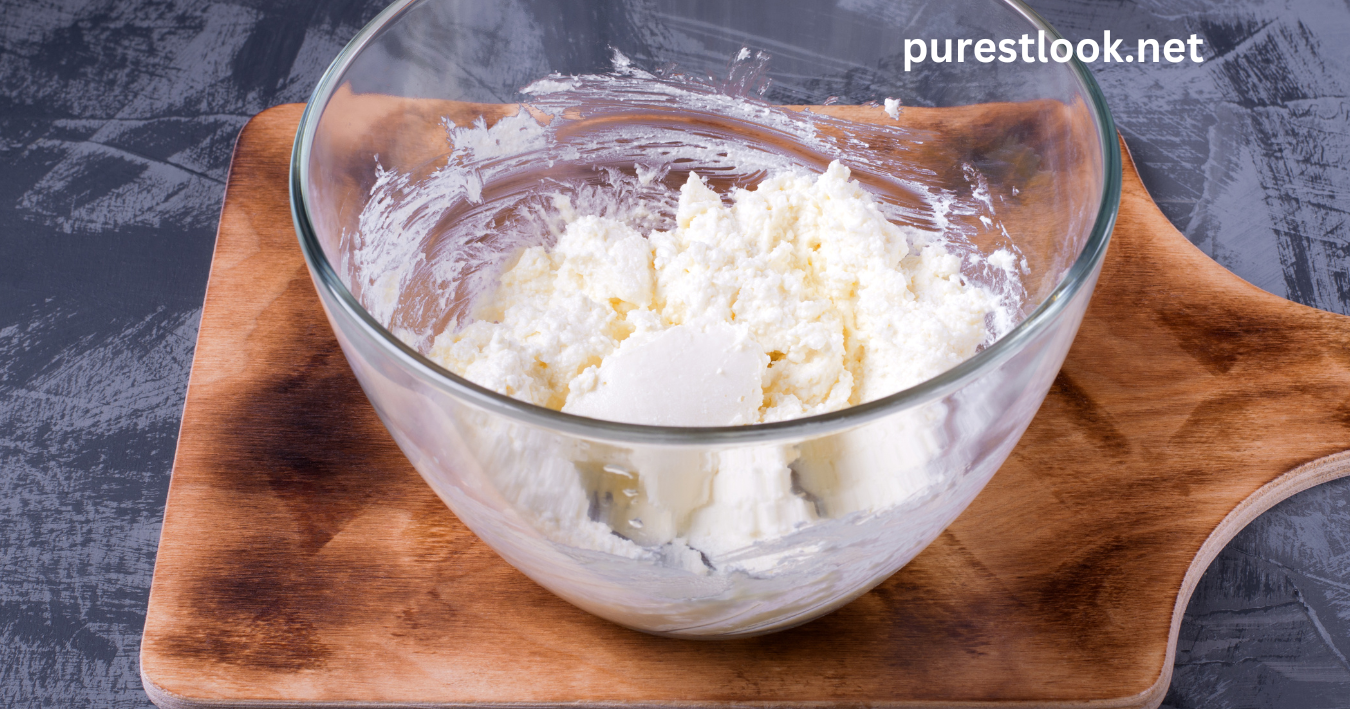“Biting the curd” is an unusual phrase that piques curiosity. This article explains its meaning, visual cues, and broader implications. We’ll also address frequently asked questions, provide practical examples, and include easy-to-read tables for better understanding.
What Does Biting the Curd Look Like?
Biting the curd refers to the action of biting into curd, often associated with its texture and taste. The curd is a dairy product formed during milk coagulation. The experience involves noticing its softness, slight resistance, and mild flavor.
Texture and Appearance
Curd’s texture is smooth but firm, with tiny lumps depending on how it’s made. Its color is typically white or off-white.
How to Identify Fresh Curd
- Visual Clues: Fresh curd appears glossy and even in texture.
- Smell Test: It should have a clean, mild dairy scent.
- Taste Test: It should taste slightly tangy and not overly sour.
Factors Affecting the Texture of Curd
Several factors influence how curd looks and feels when bitten:
- Type of Milk Used: Full-fat milk creates a creamier texture.
- Fermentation Time: Longer fermentation results in tangier and firmer curd.
- Additives: Sometimes, sugar or spices are added to enhance flavor.
Table: Comparison of Curd Types
| Type of Curd | Texture | Taste | Common Uses |
|---|---|---|---|
| Homemade | Smooth and creamy | Mildly tangy | Cooking, eating plain |
| Store-bought | Slightly firmer | Varies based on brand | Snacks, desserts |
| Greek Yogurt (Curd) | Thick and rich | More tangy | Smoothies, protein dishes |
The Process of Making Curd
- Heat milk until it’s lukewarm.
- Add a spoonful of starter culture or pre-made curd.
- Leave it undisturbed in a warm place for 6–8 hours.
- Refrigerate once set to halt the fermentation process.
Common Mistakes When Making Curd
- Using very hot milk can kill the live cultures.
- Stirring the milk after adding the culture can disrupt fermentation.
- Storing curd in a cold place during setting can result in poor texture.
Conclusion
Biting the curd is a sensory experience that depends on texture, flavor, and preparation methods. By understanding the factors influencing curd’s quality and recognizing its visual and tactile clues, you can enjoy its full potential. Whether used in meals, snacks, or desserts, curd remains a versatile dairy delight.
FAQs
What are the visual signs of good curd?
Good curd appears glossy, firm yet soft, and free from excessive water separation.
Can curd texture vary based on milk type?
Yes, cow’s milk produces softer curd, while buffalo’s milk creates a denser texture.
How can I tell if curd has gone bad?
Spoiled curd often smells sour, tastes unpleasantly sharp, and has a watery, uneven consistency.
Is biting the curd different from tasting it?
Biting the curd emphasizes texture and resistance, while tasting highlights flavor and aroma.
Why does curd sometimes turn out watery?
Excess water in curd occurs due to over-fermentation or using low-fat milk.
